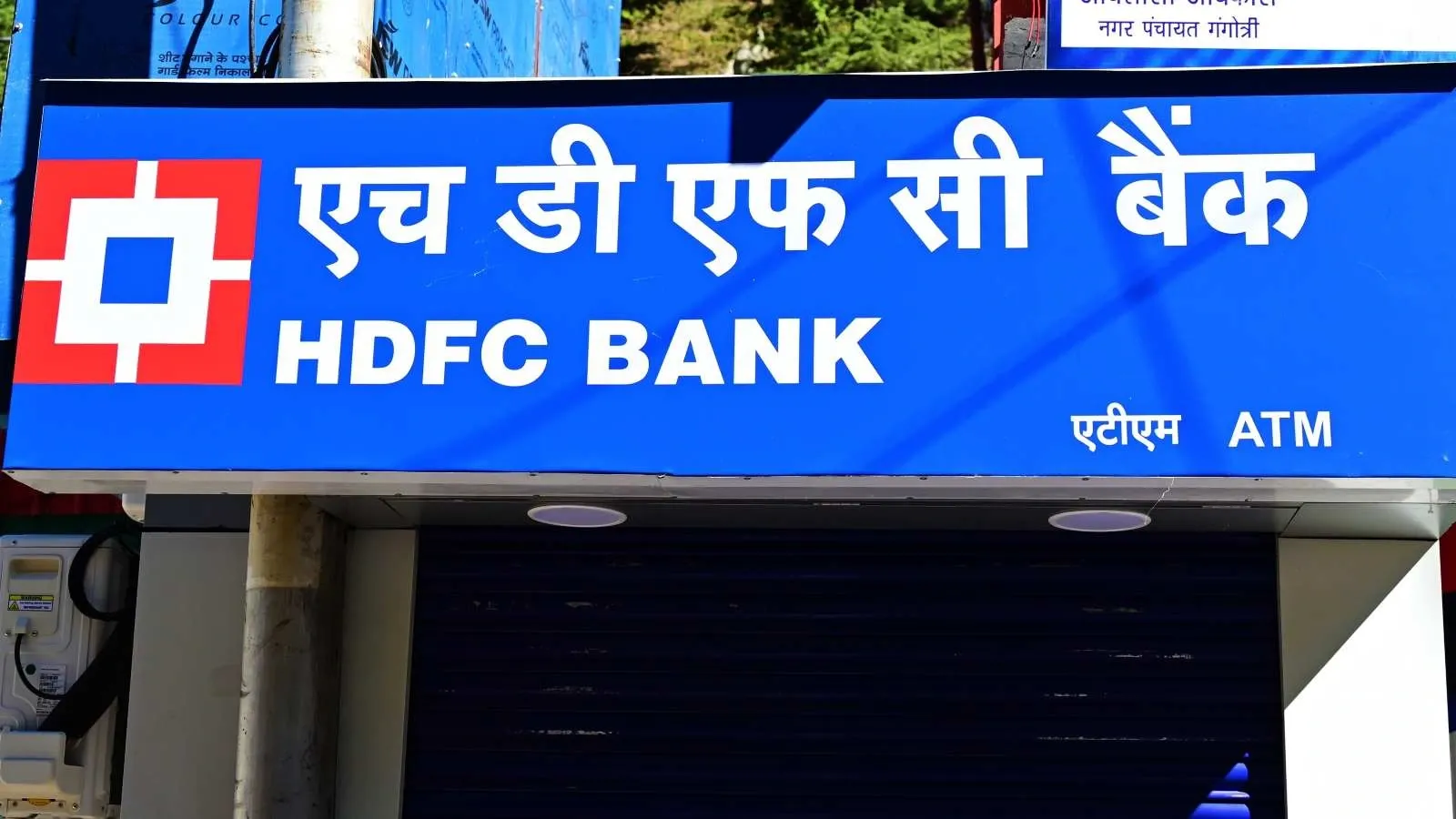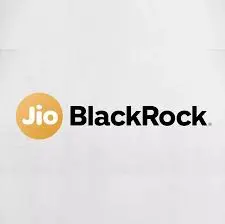Personal Finance News
HDFC Small Cap Fund reduces TER. How it compares to SBI, Nippon and Tata small-cap fund expenses
.png)
3 min read | Updated on September 12, 2025, 08:52 IST
SUMMARY
The base Total Expense Ratio (TER) of HDFC Small Cap Fund’s direct plan is currently higher than that of Tata Small Cap Fund and Nippon Small Cap Fund, but lower than SBI Small Cap Fund.

TER is deducted from the fund's assets, which directly impacts the returns for investors.
HDFC Mutual Fund has marginally reduced the base Total Expense Ratio (TER) for its HDFC Small Cap Fund’s direct plan to 0.54% from 0.55% earlier. The new TER will come into effect on September 16, 2025.
"It is proposed to change the base Total Expense ratio ( “TER”) (i.e. TER excluding additional expenses provided in Regulation 52(6A)(b) and 52(6A)(c) of SEBI (Mutual Funds) Regulations, 1996) for the following Scheme(s) offered by HDFC Mutual Fund (“the Fund”) with effect from September 16, 2025," HDFC Mutual Fund said in notice dated September 9, 2025.
What is Total Expense Ratio?
Total Expense Ratio is the annual percentage of a fund's assets that covers all operational and management costs. In simple words, it is the annual fee that an asset management company charges to manage your money. It basically includes the fund manager’s fee, administrative costs and other expenses.
HDFC vs SBI, Nippon, Tata small-cap fund expenses
Here is the base TER for the direct plans of small-cap fund schemes of SBI Mutual Fund, Nippon India Mutual Fund and Tata Mutual Fund’s direct plans as of September 10, 2025
| Mutual Fund | Base TER (Small Cap) |
|---|---|
| SBI Small Cap Fund | 0.59 |
| Nippon Small Cap Fund | 0.51 |
| Tata Small Cap | 0.25 |
Thus, the base TER of HDFC Small Cap Fund’s direct plan is currently higher than that of Tata Small Cap Fund and Nippon Small Cap Fund, but lower than SBI Small Cap Fund.
Why is TER important?
The cost (TER) is deducted from the fund's assets, which directly impacts the returns for investors. A lower TER means that a lower portion of your investment is going towards expenses, which means higher returns, and vice versa.
For example, if a fund earns 10% returns in a year and has a TER of 1%, your absolute return would be 9%.
- The higher the TER, the less you earn.
- Direct plans have a lower TER compared to regular plans. This means you can get higher returns in the long term from direct plans.
- Even small changes in TER can compound and affect your profit significantly.
HDFC Mutual Fund’s new FoF
HDFC Mutual Fund launched the new fund offer (NFO) of its HDFC Diversified Equity All Cap Active Fund of Fund (FOF) on September 10, 2025.
It is an open-ended Funds of Funds (FoF) aimed at generating long-term capital appreciation for investors by investing in units of domestic equity-oriented schemes based on varied market capitalisations. The fund will be managed by Srinivasan Ramamurthy.
The NFO will remain open till September 24, 2025. The minimum investment amount is ₹100 during both the NFO and the continuous offer period. It offers both direct and regular plans with growth and Income Distribution cum Capital Withdrawal (IDCW) options.
The exit load on the fund is 1% if units are redeemed within a year from the date of allotment. After one year, no exit load would be applicable. The benchmark for the scheme is NIFTY 500 (TRI).
Related News
By signing up you agree to Upstox’s Terms & Conditions
About The Author
Next Story



